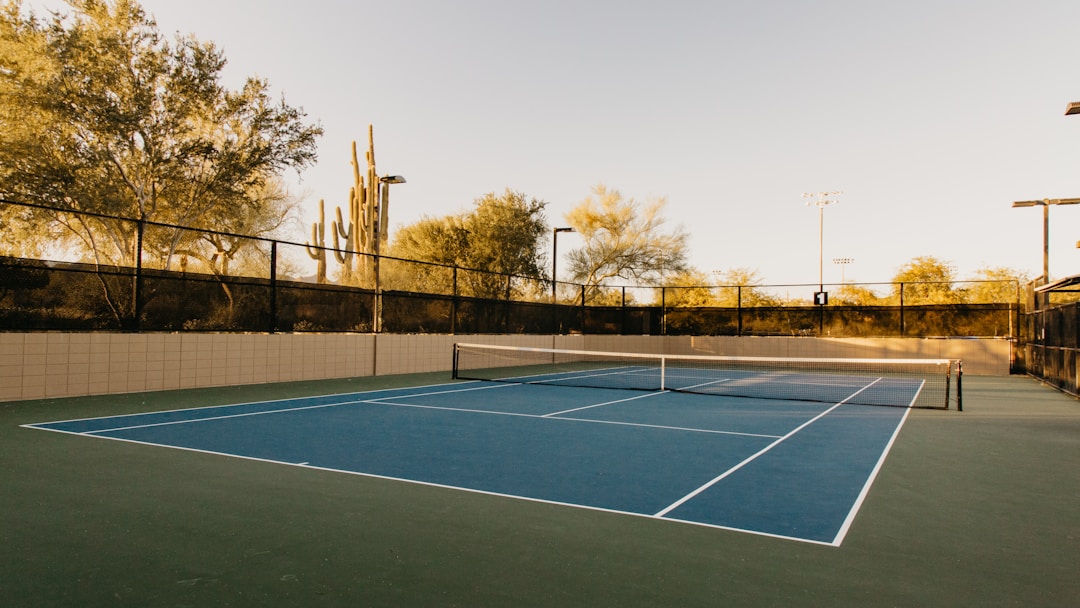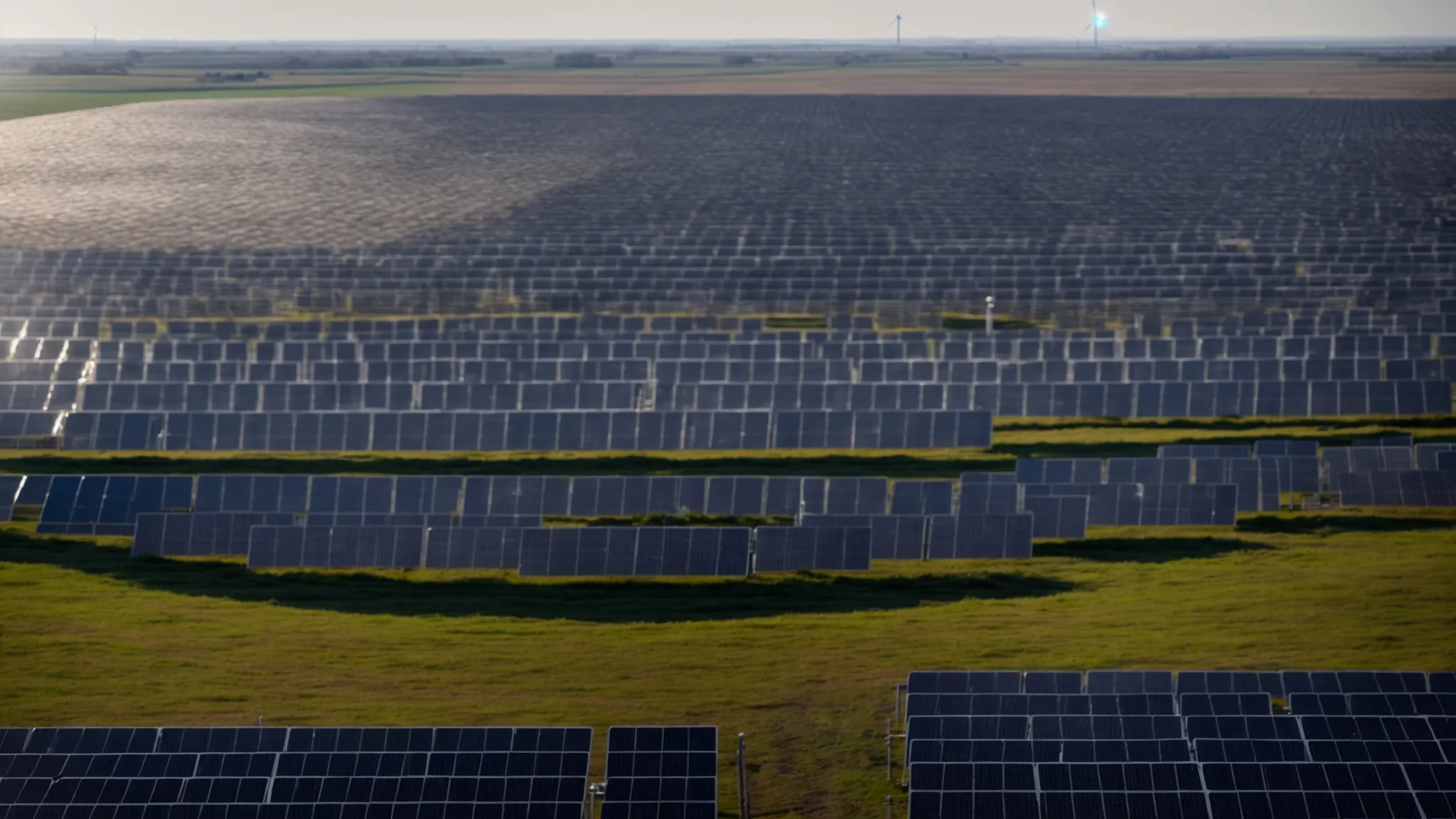Running a sports facility can be a rewarding venture, but it also comes with its own unique challenges. From maintenance, marketing, and management to relations with the local community, there are several factors that can ensure the success of your facility. In this article, we will delve into some of these crucial aspects and provide insights into what it truly takes to run a successful sports facility.
Understanding the Importance of Proper Infrastructure

Any successful sports facility starts with a solid foundation, literally. The initial layout and construction of the courts, stadiums or fields form the backbone of a prosperous sports site. Aesthetically pleasing and high-performing facilities not only attract patrons but also improve the quality of games. Moreover, the construction should ensure that the facilities meet professional standards for each given sport.
Part of creating an excellent sports facility involves picking the right materials. For instance, using bulk mulch and top soil can help not only in maintaining fields or gardens around the facility but also play a significant role in water conservation. In addition, using these bulk items is an environmentally friendly solution. Thus, quick decision-making regarding the right kind of materials is an integral part of running a successful sports facility.
Cultivating Strong Community Relations
A successful sports facility is not just about having the best infrastructure or state-of-the-art facilities. It also means being a part of the community and fostering strong relationships with the people who use the facilities.
Promoting local sports events, organizing community-based programs, and collaborating with schools and institutions not only serve to increase public awareness and engagement but also help forge a bond with the community. Additionally, introducing recreational programs and health-related activities can attract a diverse group of people into the facility.
This kind of community engagement tends to go beyond profit-making. It’s about being a center of community interaction and activity, which inevitably will enhance the brand reputation and success of the facility.
Effective Management and Marketing
Just like any other business, a successful sports facility requires competent management and effective marketing strategies. It’s crucial to have a dedicated, professional team in place for operations, finance, promotions, and facility maintenance.
Even the best facilities and intentions can fall short if they are not properly marketed. It’s essential to establish a robust online presence and actively pursue marketing on various platforms including social media. Offering promotional discounts, hosting events, and partnering with local businesses can further boost the visibility of the facility.
Ensuring Regular Maintenance

A sports complex, just like any infrastructure, requires regular maintenance to keep it in top shape. Among the various maintenance aspects, certain elements like drainage systems, seating arrangements, lighting systems, and playing surfaces need particular attention. And this becomes paramount when you have facilities constructed specifically for sports like tennis.
For instance, if you have a tennis court construction, maintenance should be a priority. Tennis courts require regular cleaning to keep the playing surface in good condition and ensure safety for the players. So, if the court loses its texture or the lines start to fade, immediate action should be undertaken to restore it.
Maintenance is an ongoing task and it is not uncommon for issues to crop up from time to time. However, trying to cut corners in this area can cause more damage in the long run. Therefore, it is always advisable to invest in periodic check-ups and repairs to keep the facilities in tip-top shape.
Overall, running a successful sports facility goes beyond structures and equipment. It involves a strategic blend of well-thought-out planning, intelligent infrastructure development, committed maintenance, genuine community involvement, effective management, and potent marketing campaigns. When you combine all these elements, you pave the way toward a successful sports facility that benefits not only the owners but also the wider community it serves.



